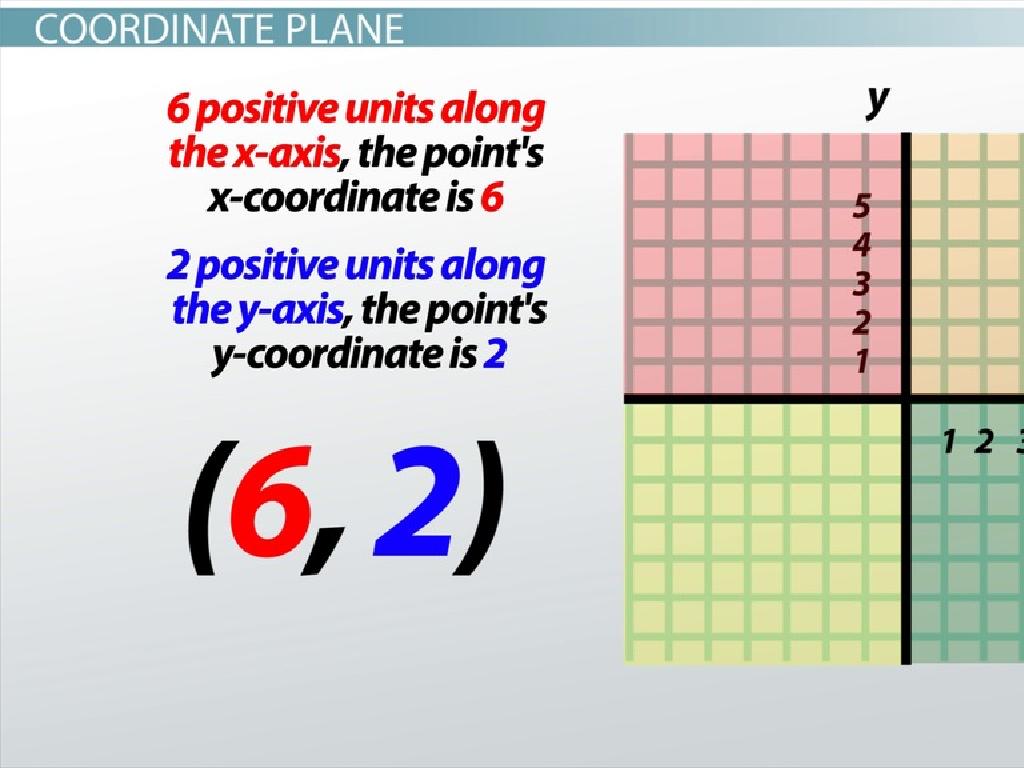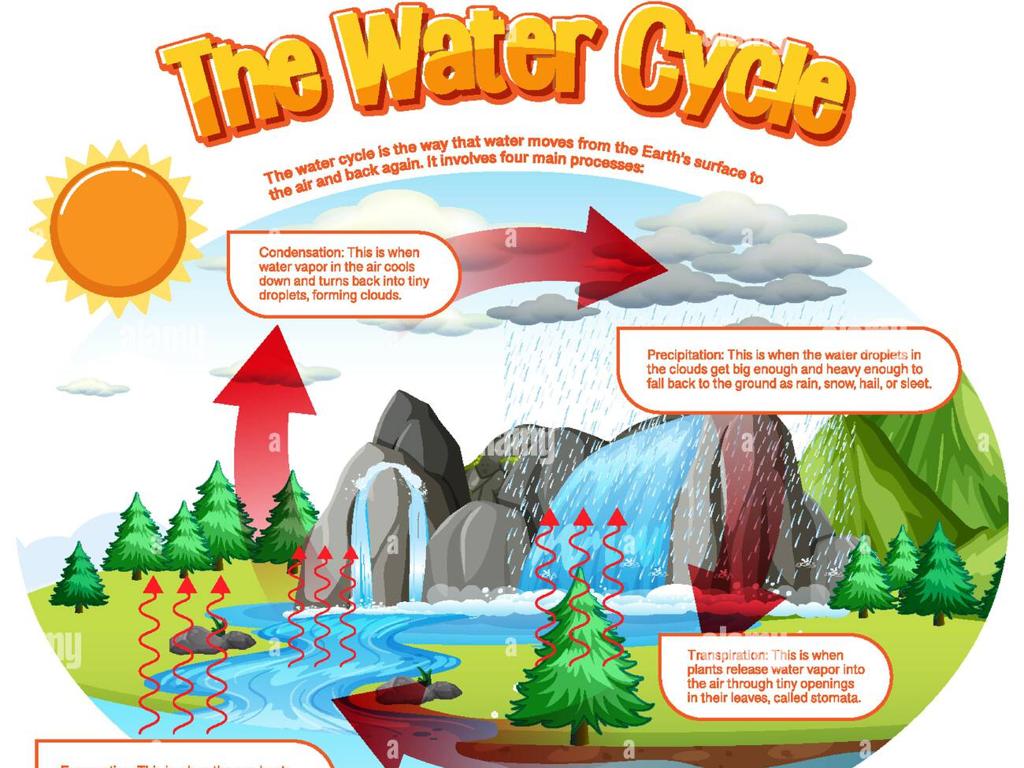Name The 50 State Capitals
Subject: Social studies
Grade: Fifth grade
Topic: State Capitals
Please LOG IN to download the presentation. Access is available to registered users only.
View More Content
Exploring State Capitals
– What is a State Capital?
It’s the city where government buildings and officials work.
– Importance of State Capitals
Knowing capitals helps us understand our nation’s geography and governance.
– Overview of the 50 States
Each of the 50 states has a unique capital with its own history.
– Fun Facts about Capitals
Did you know? Not all capitals are the state’s largest city!
|
Begin the lesson by defining a state capital as the city where the state government is headquartered. Emphasize the importance of knowing state capitals as part of understanding the country’s political geography and the significance of each state in the union. Provide a brief overview of the 50 states to familiarize students with the names and locations. Introduce fun facts to engage students, such as mentioning capitals that are not the most populous cities in their states, like Sacramento in California. Encourage students to learn more about each capital as they will help in understanding the diversity and history of the United States.
Learning the Capitals – Northeastern States
– Explore capitals by region
– Focus: Northeastern States
– Example: New York’s capital
– Albany is the capital of New York
– Practice with more states
– Find capitals for Maine, Vermont, etc.
|
This slide introduces the concept of learning state capitals by dividing them into regions, making it easier for students to memorize. Start with the Northeastern States as they are fewer and can be a good starting point. Use Albany, the capital of New York, as a clear example to show how each state has its own capital. Encourage the students to use mnemonic devices to remember the capitals. For homework, ask them to find and memorize the capitals for the rest of the Northeastern States such as Maine (Augusta), Vermont (Montpelier), and so on. In the next class, have a quiz or a fun interactive game to review the capitals learned.
Learning the Capitals – Southeastern States
– Explore Southeastern capitals
– Fun facts help memory
– Associating facts makes recall easier
– Example: Tallahassee, FL
– ‘Tallahassee’ means ‘old fields’
– Practice with more capitals
|
This slide focuses on the capitals of the Southeastern United States. Encourage students to use fun facts as a mnemonic device to remember each capital more easily. For instance, Tallahassee, the capital of Florida, can be remembered by its meaning ‘old fields’. Provide additional examples and encourage students to come up with their own fun facts for other capitals. This can be turned into a class activity where students research and share interesting tidbits about each state capital, fostering a collaborative and engaging learning environment.
Learning the Capitals: The Midwest
– Explore Midwestern state capitals
– Use mnemonic devices for memorization
– Tricks to help remember capitals easily
– Example: Illinois’ capital
– Springfield, like ‘The Simpsons’ hometown
– Practice with more states
– Try creating mnemonics for other capitals
|
This slide is part of a series on learning all 50 state capitals, focusing on the Midwest region. Mnemonic devices are memory aids that help students recall information. For example, associating the capital of Illinois, Springfield, with the TV show ‘The Simpsons’ can make it easier to remember. Encourage students to create their own mnemonics for other capitals, which can be a fun and engaging activity. In the next class, students can share their mnemonic devices and test each other’s memory. This interactive approach not only makes learning more enjoyable but also reinforces the knowledge in a memorable way.
Learning the Capitals – Western States
– Explore Western state capitals
– Relate capitals to state symbols
– State symbols like the California poppy or the grizzly bear
– Understand capitals through geography
– Features like mountains or rivers near the capital
– Example: Sacramento’s Gold Rush
– Sacramento was a key city during the California Gold Rush era
|
This slide is part of a series on learning the 50 state capitals, focusing on the Western states. Encourage students to connect the capitals with something memorable from each state, such as symbols, geography, or historical events. For instance, Sacramento is not only the capital of California but also a city with a rich history from the Gold Rush period. This association can help students recall the capital more easily. Use maps to show the location of each capital and discuss any significant landmarks or features. Have students research and share interesting facts about each capital to reinforce their learning.
Interactive Map Quiz: State Capitals
– Engage with an interactive map
– Teacher calls out a state name
– Point to the state’s capital
– Use your knowledge to find the capital on the map
– Have fun learning capitals!
|
This slide introduces an interactive map quiz designed to help students learn the 50 state capitals in a fun and engaging way. The teacher will call out the name of a state, and the students will then be asked to locate and point to its capital on a map. This activity not only reinforces their memorization of the capitals but also helps them associate the geographic location of each state with its capital city. For the activity, prepare a large map of the United States with clear state boundaries and capital cities marked. Consider having small prizes or positive reinforcements for correct answers to encourage participation. Rotate through the class to give each student multiple opportunities to participate. This hands-on approach aids in retention and makes the learning process enjoyable.
Class Activity: State Capital Bingo
– We’re playing State Capital Bingo!
– Receive a Bingo card with capitals
– Each card has a mix of different state capitals
– Mark the capital when a state is called
– Use your knowledge to find the right capital
– First to five in a row wins!
|
This interactive class activity is designed to help students learn the state capitals in a fun and engaging way. Distribute Bingo cards that have state capitals written in the spaces where numbers would usually be. As the teacher, you will call out the names of states one by one, and students will have to identify and mark the corresponding capital on their Bingo card. The first student to get five capitals in a row (horizontally, vertically, or diagonally) and shouts ‘Bingo!’ wins the game. Prepare small prizes for the winners to make the game more exciting. Consider having multiple rounds to allow for more learning and fun. This activity will reinforce the students’ memorization of state capitals through repetition in a game format.
Wrapping Up: State Capitals
– Congratulations on learning capitals!
– Homework: Create 5 mnemonics
– A mnemonic is a tool to help remember facts
– Share your mnemonics in class
– Be creative and think of a fun way to remember each capital
– Practice makes perfect
|
Today’s lesson was focused on learning the 50 state capitals, a fundamental aspect of U.S. geography. For homework, students are tasked with creating mnemonics for 5 state capitals. Mnemonics are memory aids that often use rhyme or association to help remember information. Encourage students to be creative and come up with unique ways to remember the capitals. This activity will help reinforce their knowledge and make the learning process enjoyable. Tomorrow, students will have the opportunity to share their mnemonics with the class, fostering a collaborative learning environment. As a teacher, be prepared to provide examples of mnemonics and guide students who may need assistance in creating them.





